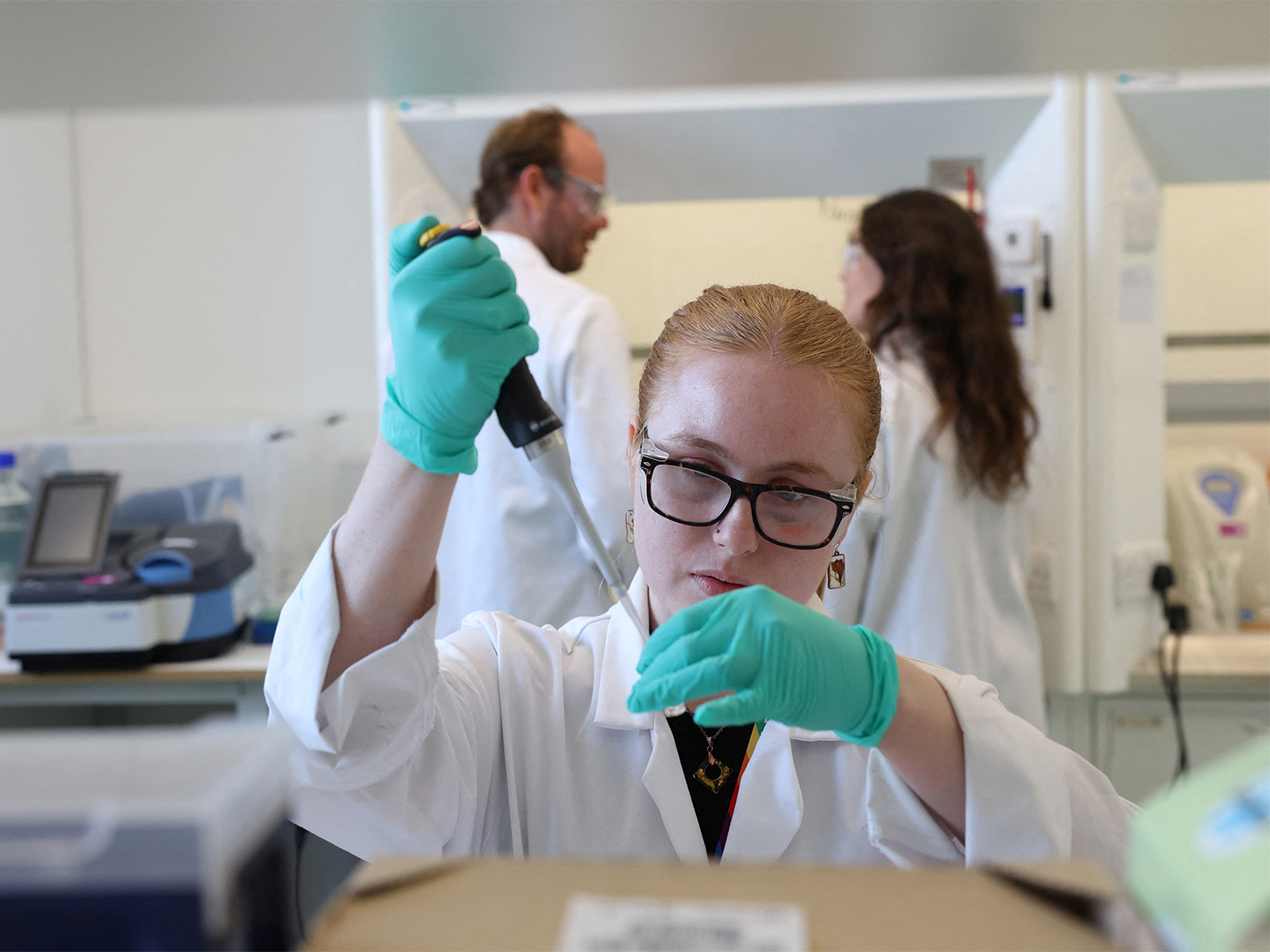
Tel Aviv [Israel], November 14 (ANI/TPS): A team of international scientists has made a groundbreaking discovery that could pave the way for an effective treatment for amyotrophic lateral sclerosis (ALS), a fatal neurodegenerative disease long considered incurable, Tel Aviv University announced.
The findings, published this week in the peer-reviewed journal Nature Neuroscience, identify a previously unknown molecular mechanism that drives ALS and demonstrate a potential RNA-based gene therapy capable of stopping nerve degeneration and even regenerating damaged nerve cells.
ALS is a progressive neurodegenerative disease in which motor neurons gradually die, leading to muscle weakness, paralysis, and eventually respiratory failure. The disease does not have a single known cause, but it is believed to result from a combination of genetic mutations, environmental factors, and cellular dysfunctions.
There is no cure for ALS. Treatment focuses on slowing disease progression, managing symptoms, and improving quality of life through a combination of medication, physical, occupational, and speech therapy, as well as respiratory and nutritional support.
The study, conducted in the laboratory of Prof. Eran Perlson at Tel Aviv University’s Grey Faculty of Medical and Health Sciences and Sagol School of Neuroscience, was led by Ariel Ionescu and Lior Ankol, in collaboration with Amir Dori, senior neurologist and head of the Neuromuscular Disease Unit at Sheba Medical Centre. Researchers from the Weizmann Institute of Science, Ben-Gurion University of the Negev, and institutions in France, Turkey, and Italy also contributed.
“Our finding is important because it provides a fresh understanding of how ALS begins and progresses, and it opens the door to a potential new treatment strategy: restoring this lost RNA signal through gene therapy to protect motor neurons,” Perlson told The Press Service of Israel.
The research focused on toxic aggregates of the protein TDP-43, which accumulate at the tips of nerve cells where they meet muscles. Perlson’s team discovered that healthy muscle cells release small RNA molecules called microRNA-126, which travel to nerve endings and prevent excessive TDP-43 from forming toxic aggregates. In ALS patients, however, muscles produce less microRNA-126, allowing TDP-43 to build up, damage mitochondria–the cell’s energy source–and ultimately destroy motor neurons.
“This discovery revealed an entirely new mechanism that regulates the specialised connection between nerves and muscles,” Perlson explained to TPS-IL. “The neuromuscular junction is thought to be one of the first sites to fail in ALS, leading to paralysis and eventually death. Understanding this mechanism gives us a precise target for intervention.”
The study showed that reducing microRNA-126 in healthy nerve cells caused ALS-like degeneration, while increasing microRNA-126 in ALS patient-derived tissues and model mice reduced TDP-43 levels, stopped neuron degeneration, and even promoted nerve regeneration. “Adding microRNA-126 rescues neurons damaged by ALS and prevents degeneration of the neuromuscular junction,” Perlson said.
The next challenge is translating the discovery into human treatments.
“Our next goal is to develop a safe and effective way to deliver miR-126 throughout the body, potentially using viral vectors such as AAV, which are already FDA-approved and could offer a faster route to initial clinical trials. We plan to collaborate with companies experienced in these delivery platforms. The main challenges will be achieving efficient delivery to the neuromuscular junction, ensuring safety, and scaling up production for human use,” Perlson told TPS-IL.
He added that the findings may open doors for treating other similar diseases.
“We found that miR-126 not only supports the health of the neuromuscular junction but also promotes axon growth and its innervation to muscles. This means that other conditions involving damage to nerve-muscle connections — such as neuromuscular junction disorders, injuries, or other neurodegenerative diseases — might also benefit from this approach. Further research will be needed to confirm its potential in these pathologies,” he told TPS-IL exclusively.
The findings could also help doctors detect ALS earlier, before severe nerve damage occurs, and guide the development of drugs or biologics that boost microRNA-126 levels or mimic its effects. Understanding how muscle-to-nerve RNA signalling controls protein aggregation may also inform treatments for other diseases involving toxic protein buildup, such as Alzheimer’s disease.
“Our findings offer a clear path toward developing a therapy that could bring hope to millions of patients and their families worldwide,” Perlson said. (ANI/TPS)


